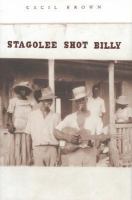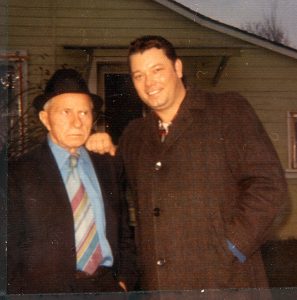 On June 30th, 1882, the assassin Charles Guiteau was hanged in Washington, DC, almost a year to the day after his fatal shooting of President James A. Garfield. In March of 1949, North Carolina musician and folk song collector Bascom Lamar Lunsford traveled to Washington to record for the Library of Congress, and the many songs he recorded there included two topical ballads concerning the assassination of Garfield and execution of Guiteau. The epic narrative of the assassination “Mr. Garfield”, recorded on March 23rd, would later be popularized by Johnny Cash (you can watch him perform it on The Johnny Cash Show here). Lunsford introduces it:
On June 30th, 1882, the assassin Charles Guiteau was hanged in Washington, DC, almost a year to the day after his fatal shooting of President James A. Garfield. In March of 1949, North Carolina musician and folk song collector Bascom Lamar Lunsford traveled to Washington to record for the Library of Congress, and the many songs he recorded there included two topical ballads concerning the assassination of Garfield and execution of Guiteau. The epic narrative of the assassination “Mr. Garfield”, recorded on March 23rd, would later be popularized by Johnny Cash (you can watch him perform it on The Johnny Cash Show here). Lunsford introduces it:
I first heard it about 1903 when I visited the home of Mr. A.W. Williams, who lived on the edge of Henderson County, North Carolina… Anderson Williams, a young man, picked it and played it on the banjo… Once after I heard one stanza by another person. That’s the only two people I ever heard sing the song, besides myself.”
Mr. Garfield clip
The very next day Lunsford recorded a ballad sung from the perspective of the condemned man:
This is another assassination song, known as “Charles Guiteau”. I’ve known this all my life.”
CharlesGuiteau
Clips from Emrich Duncan’s Songs and Ballads of American History and the Assassination of Presidents (SFC FC-545 and CD-906).



